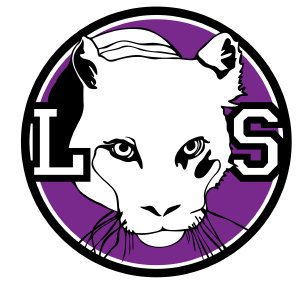Here’s What You Need to Know About Waste Reduction

Pictured: Emily Carr Elementary was one of the first VSB schools to introduce recycling enhancements thanks to a passionate staff member and integral PAC support.
Waste reduction at schools
When you throw something out at school, do you ever wonder where it goes? The waste system at VSB schools consists of three collection bins:
- Green for organics
- Blue for recycling
- Black for landfill
When waste leaves the schools, it can go to several sites around the region. It’s up to the waste hauler to determine where to take their loads. Throwing waste in the wrong bin might not seem like a big deal, but it can prevent entire loads from being properly recycled.
 The VSB’s three bin systemContamination confusion
The VSB’s three bin systemContamination confusion
Recycling was invented to recover the useful materials in garbage. However, it relies on all of us to make sure those materials can be recovered and sold back to the manufacturing industry.
Manufacturers require specific types of plastic (usually the kinds labelled with a number one, two, or five) that can be melted down and repurposed into high quality products. When low quality materials (i.e. low-quality plastics, or garbage) are tossed into the blue bin, they contaminate the quality of that stream. Loads that are contaminated will need to be re-sorted to remove the contaminants, which takes time, storage, and person-power to complete. If the contamination is too high, the whole load is sent to the landfill.
Our good-natured desire to recycle means that sometimes, things we think should be recyclable are put into the blue bin, even when they don’t belong there. This is called wish-cycling, and it creates all kinds of confusion and contamination.
The same thing goes for the organics stream. If any plastic, including the type labelled “compostable," ends up in the organics bin, the result is low-quality soil filled with small plastic bits, or loads of contaminated organic material being sent to the landfill.
For loads to be recycled or composted, we need to keep the waste streams clean through effective sorting at the bin. How can you do your part? Slow down. Take some time to think about if what you’re putting in the green or blue bin belongs there.
One of the most effective practices to avoid contamination is to use the garbage bin – when in doubt, throw it out. Then, take some time to figure out the bin system for next time.
 Peer presentations and custom signage at False Creek Elementary
Peer presentations and custom signage at False Creek Elementary
Doing more at school
Many students and staff members are improving the waste systems at their schools. For example, some schools make creative signs so it’s easier to know what goes in which bin. Some schools enhance the current system by adding additional streams like refundable drink containers and soft/flexible plastic. This is often accompanied by student presentations and assemblies to help raise awareness. Several schools have clubs and teams dedicated to recycling and waste reduction, and have conducted waste audits to better understand the specific issues at their schools.
 Recycling Club at Hudson Elementary
Recycling Club at Hudson Elementary
Recycle BC partnership
This spring, VSB will become the first school district to participate in a pilot project from Recycle BC to collect flexible plastics at select schools and at the Education Centre!
Flexible plastic includes soft and crinkly plastics – like zip-top bags, chip bags, granola bar wrappers, string cheese wrappers, foil yogurt tops, and applesauce pouches. This will mean that most of the plastics from black garbage bins will be diverted. The collection period will run for the month of May, and all the plastic will be weighed upon collection. Results will be shared in the coming months. Check with your school principal if your school is a part of the pilot.
To learn more about improving the waste system at your school, check out the VSB’s Waste Reduction Toolkit.

